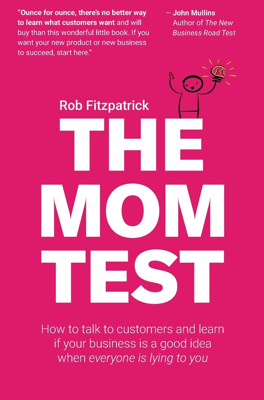Choosing Your Customers
Effective customer segmentation is vital for startups to avoid becoming overwhelmed by too many options, leads, or ideas. By focusing on a specialized segment, companies can avoid the pitfalls of generic marketing and feature creep. For instance, initial successes like Google, PayPal, and Evernote began with very niche markets before expanding to wider audiences. Entrepreneurs should aim to serve a specific market segment thoughtfully and thoroughly before attempting to expand.
Importance of Narrowing Down
Rob Fitzpatrick introduces the concept of the segmentation problem with examples. One entrepreneur developed a nutritional powder with multiple potential customer bases, including bodybuilders, restaurants, and mothers, each requiring different product enhancements. By choosing to focus specifically on mothers shopping at health food stores, she could streamline her approach and gather more precise feedback. Another example highlighted a startup distracted by too broad a customer segment labeled simply as "advertisers," which led to a scattered product that wasn't particularly effective for any one group. After refining their target to creative agencies wanting unique advertising experiences, they were able to align the product more closely with the needs of a specific customer segment.
Segmenting Through Customer Slicing
Customer slicing involves diving deeper into identifying who really benefits from your product, why they want it, and how they currently address the problem your product solves. This helps in defining a more targeted demographic and understanding the motivations of this group, ensuring better alignment of product features and communication.
Identifying Where to Find Customers
Once you’ve determined a specific segment, you also need to understand where to find these customers. This involves observing the behaviors and routines of your target demographic. By analyzing where they seek solutions or gather, marketers can tailor their outreach strategies effectively. If specific customer groups are hard to identify or reach, it’s recommended to refine the segment further until actionable engagement strategies can be developed.
Avoiding Common Pitfalls
Talking to the wrong people is a significant risk. This can occur when a segment is too broad, multiple segments are overlooked, or key stakeholders in the purchasing process are ignored. Multifaceted customer bases, like public schools, require understanding the needs and constraints of all relevant groups, such as teachers, students, parents, and administrators, for the product to be successful.
Through careful customer segmentation and refinement, businesses can avoid the “spray and pray” approach and instead focus on developing a product that truly resonates with a dedicated target audience. This method fosters faster progress and more effective product-market fit, ultimately aiding in the sustainable growth of the startup.
